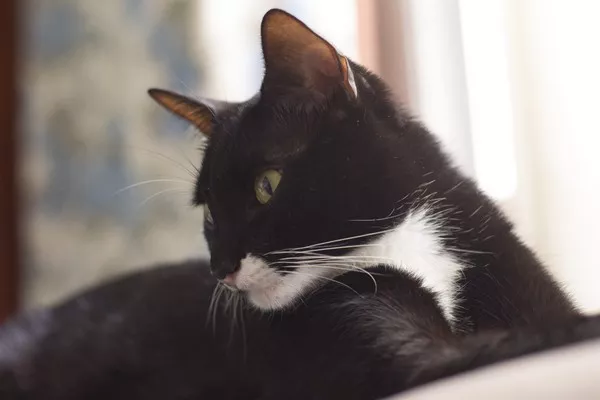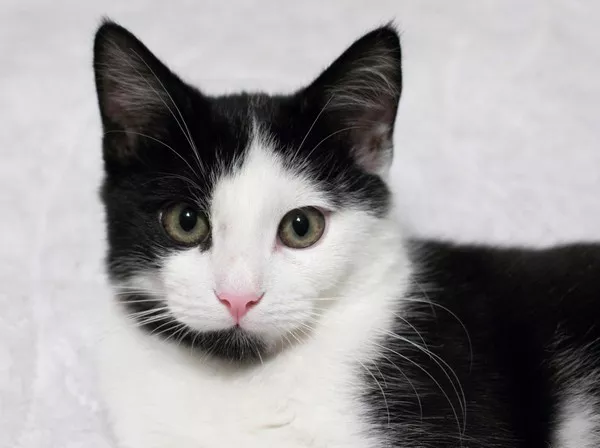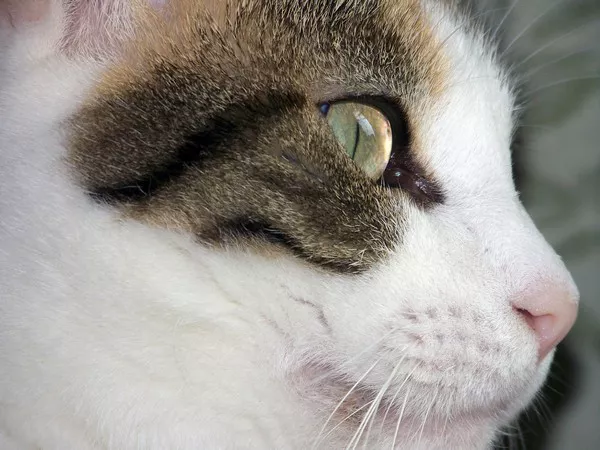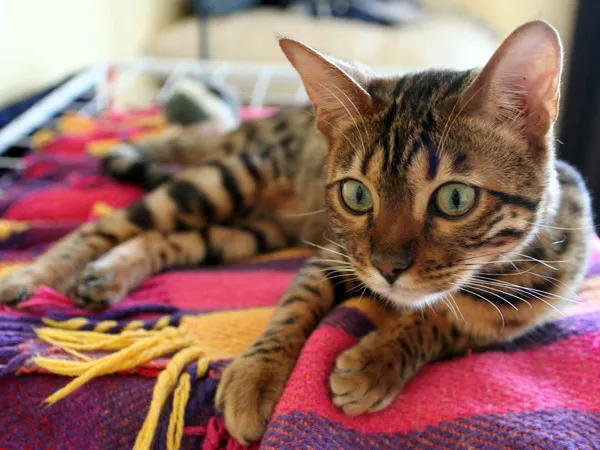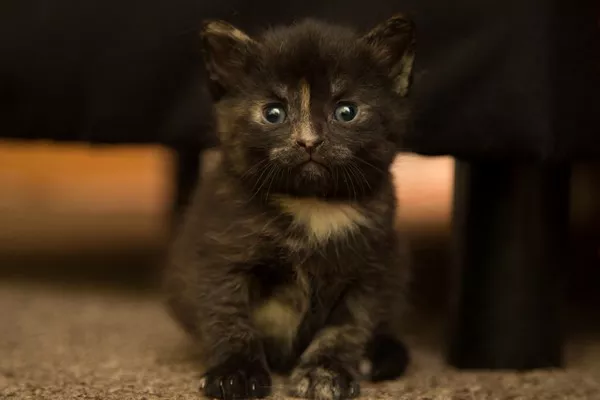When planning a trip, one of the most pressing concerns for cat owners is ensuring their feline companions are well cared for in their absence. The question often arises: is it acceptable to have a cat sitter come every other day? While some may believe that cats are independent creatures capable of handling solitude, the reality is quite different. This article delves into the implications of scheduling cat sitting visits every other day and explores the best practices for ensuring your cat’s health, safety, and emotional well-being.
Cat Behavior
Cats are often perceived as low-maintenance pets, but this characterization can be misleading. Unlike dogs, cats do not require constant attention or exercise; however, they are social animals that thrive on routine and interaction. Understanding your cat’s behavior is crucial in determining the appropriate care during your absence.
1. Social Needs: Cats may not display overt signs of loneliness, but they can experience anxiety when left alone for extended periods. Regular interaction with a sitter can alleviate feelings of isolation.
2. Routine and Comfort: Cats are creatures of habit. They appreciate consistency in their daily routines, including feeding times and play sessions. Disrupting this routine can lead to stress and behavioral issues.
3. Health Monitoring: Cats are adept at hiding discomfort or illness. Regular visits from a sitter provide an opportunity for health monitoring, ensuring any potential issues are addressed promptly.
The Risks of Every Other Day Visits
While some owners may consider every other day visits sufficient, several risks accompany this approach:
1. Health Emergencies: Cats can develop health issues rapidly. Conditions such as urinary blockages or gastrointestinal distress may go unnoticed without daily monitoring. A sitter can quickly identify signs of distress and seek veterinary care if necessary.
2. Accidents and Mishaps: Cats are curious creatures that often find themselves in precarious situations. A cat could become trapped in a closet or tangled in cords within a 48-hour window without human supervision. Daily visits help prevent such accidents by ensuring cats are safe and secure.
3. Behavioral Changes: Extended periods without human interaction can lead to anxiety-related behaviors such as excessive grooming, litter box avoidance, or destructive tendencies. Regular visits help mitigate these issues by providing companionship and stimulation.
4. Feeding Concerns: Cats often do not self-regulate their food intake well when left alone for long periods. A cat might overeat if food is provided every other day, leading to vomiting or other digestive problems.
5. Hydration Issues: Access to fresh water is critical for a cat’s health. Without daily checks, there is a risk that water bowls could become empty or contaminated, leading to dehydration.
Benefits of Daily Cat Sitting Visits
Opting for daily visits from a cat sitter offers numerous benefits that contribute to your cat’s overall well-being:
1. Consistent Health Monitoring: Daily visits allow sitters to observe any changes in behavior or physical condition, facilitating early intervention if health issues arise.
2. Emotional Support: Regular interaction helps reduce feelings of loneliness and anxiety in cats, promoting emotional stability during their owner’s absence.
3. Routine Maintenance: Daily visits ensure that feeding schedules and litter box maintenance remain consistent, contributing to the cat’s comfort and health.
4. Engagement and Stimulation: Sitters can provide playtime and mental stimulation through toys and activities tailored to your cat’s preferences, preventing boredom-related behaviors.
5. Peace of Mind for Owners: Knowing that your cat is being cared for daily alleviates the stress associated with leaving them alone, allowing you to enjoy your time away with confidence.
See Also: Why Does My Cat Seem Sad After Grooming?
Alternatives for Care During Absences
If daily visits seem impractical due to cost or scheduling conflicts, consider alternative solutions:
1. Automatic Feeders: Investing in high-quality automatic feeders can help manage feeding schedules while still ensuring that a sitter checks on your cat daily.
2. Pet Cameras: Installing pet cameras allows owners to monitor their cats remotely, providing peace of mind while also enabling sitters to communicate with the owner about any concerns.
3. Combination Care Approaches: Some owners find success with a combination of automated feeding systems and daily human check-ins to balance cost-effectiveness with care quality.
4. House Sitter Options: If feasible, having someone stay at your home while you’re away ensures constant companionship for your cat while also maintaining their routine.
5. Socialization with Friends or Family: If you have trusted friends or family members who can provide care more frequently than every other day, this could be a viable option as well.
Conclusion
In conclusion, while some owners may feel comfortable arranging for a cat sitter to come every other day, this approach carries inherent risks that could jeopardize the health and happiness of their feline companions. Cats thrive on routine, social interaction, and regular health monitoring; therefore, opting for daily visits is generally recommended to ensure their well-being during periods of owner absence. By prioritizing your cat’s needs through consistent care practices, you can enjoy your time away knowing that your beloved pet is safe and happy at home.
Related Topics
Are Cats Supposed to Go to the Groomer?
What Is the Most Popular Oil Type for the Cymric Breed of Cat?





